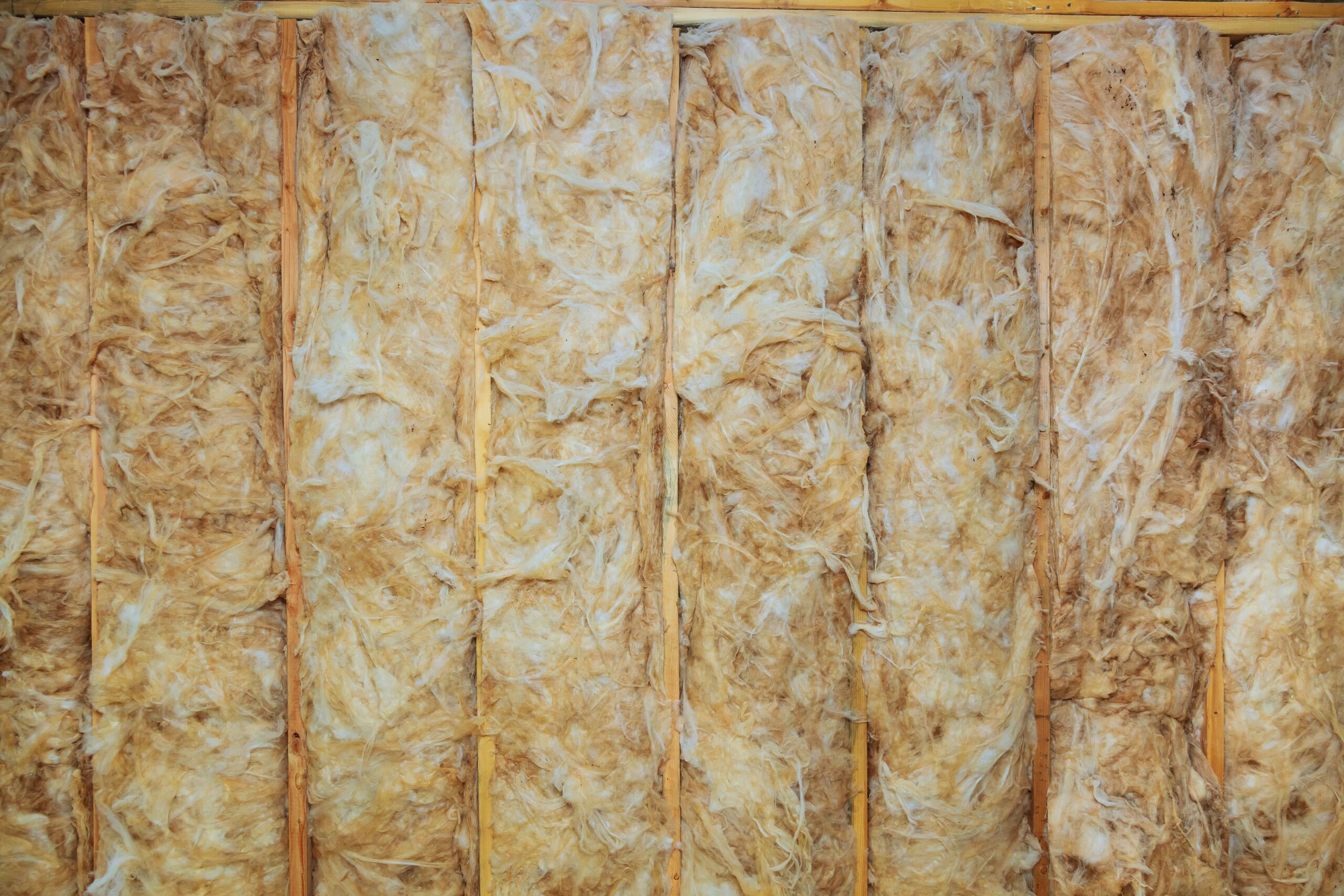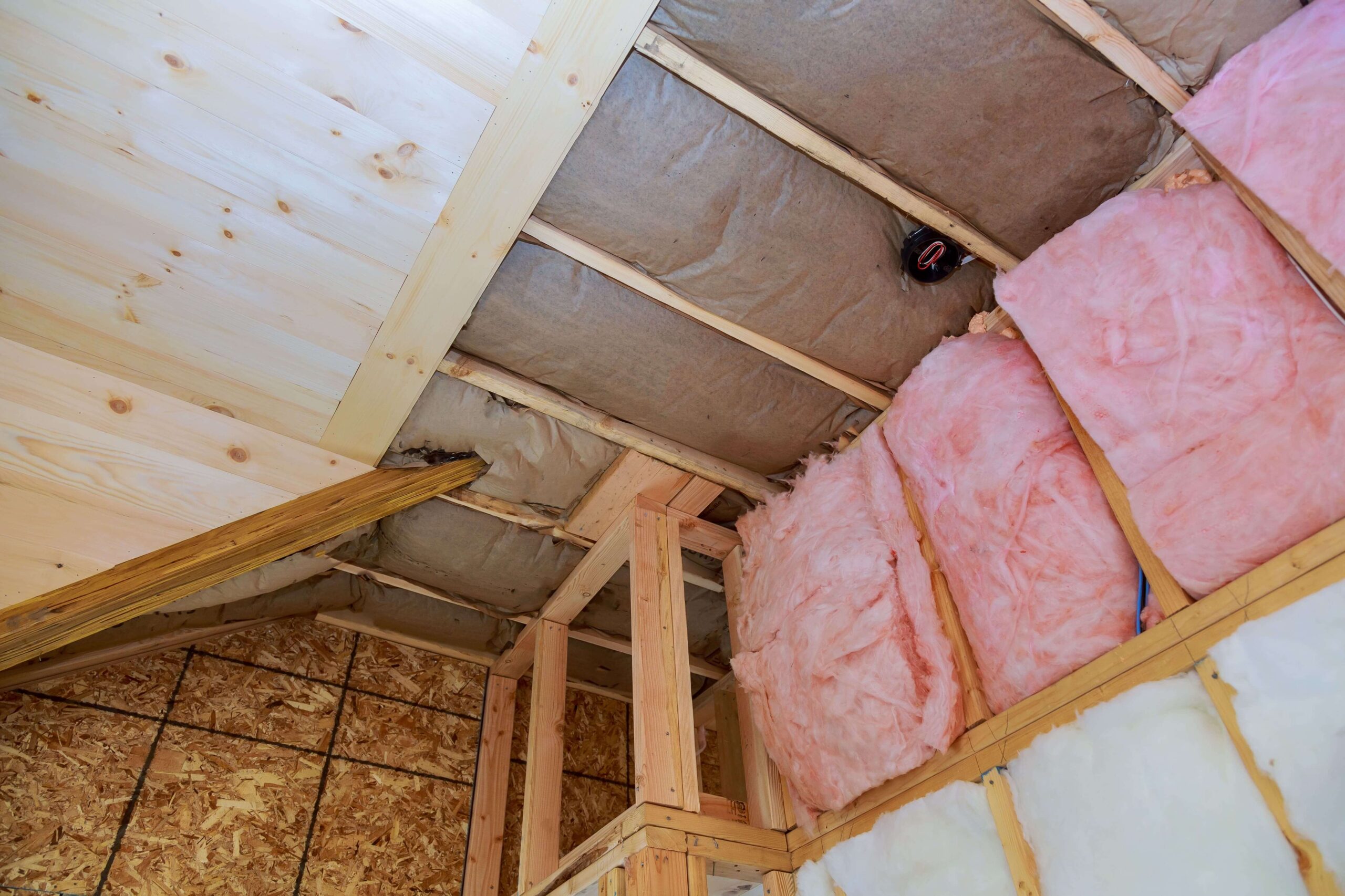Loft Insulation Grant Support Could Save You £580 a Year


Benefits of Loft Insulation
An uninsulated roof allows up to 25% of your home’s heat to escape.
Is your loft adequately insulated?
The Energy Saving Trust estimates that using the recommended 270mm depth of mineral wool insulation could save you up to £395 per year.
Take advantage of a loft insulation grant or explore government grants for loft insulation to reduce heat loss and save on heating bills. Call us today to learn more about grants for loft insulation and how you can make your home more energy-efficient.
Loft insulation materials are designed to last for decades, meaning once installed, there’s no need for additional spending. Popular materials like cellulose, foam board, mineral fibre, and even recycled glass mineral wool are excellent options for insulating your loft space effectively.
Choose 24/7 Energy Solution
Best Energy Solutions
Qualified Specialists
End-To-End Services
Local Based Solutions
Find out if you are eligible for 100% FREE Insulation upgrades
Apply Now! 100% UK Government-Backed Grant Scheme|
Loft Insulation Saves
Save up to £700 per year*
Use less energy & Save Well being
Maintain a Comfy Temperature
Less Impact on Environment
Upgraded Technology
Types of Loft Insulation
There are several types of loft insulation materials available. All types have advantages and disadvantages.
